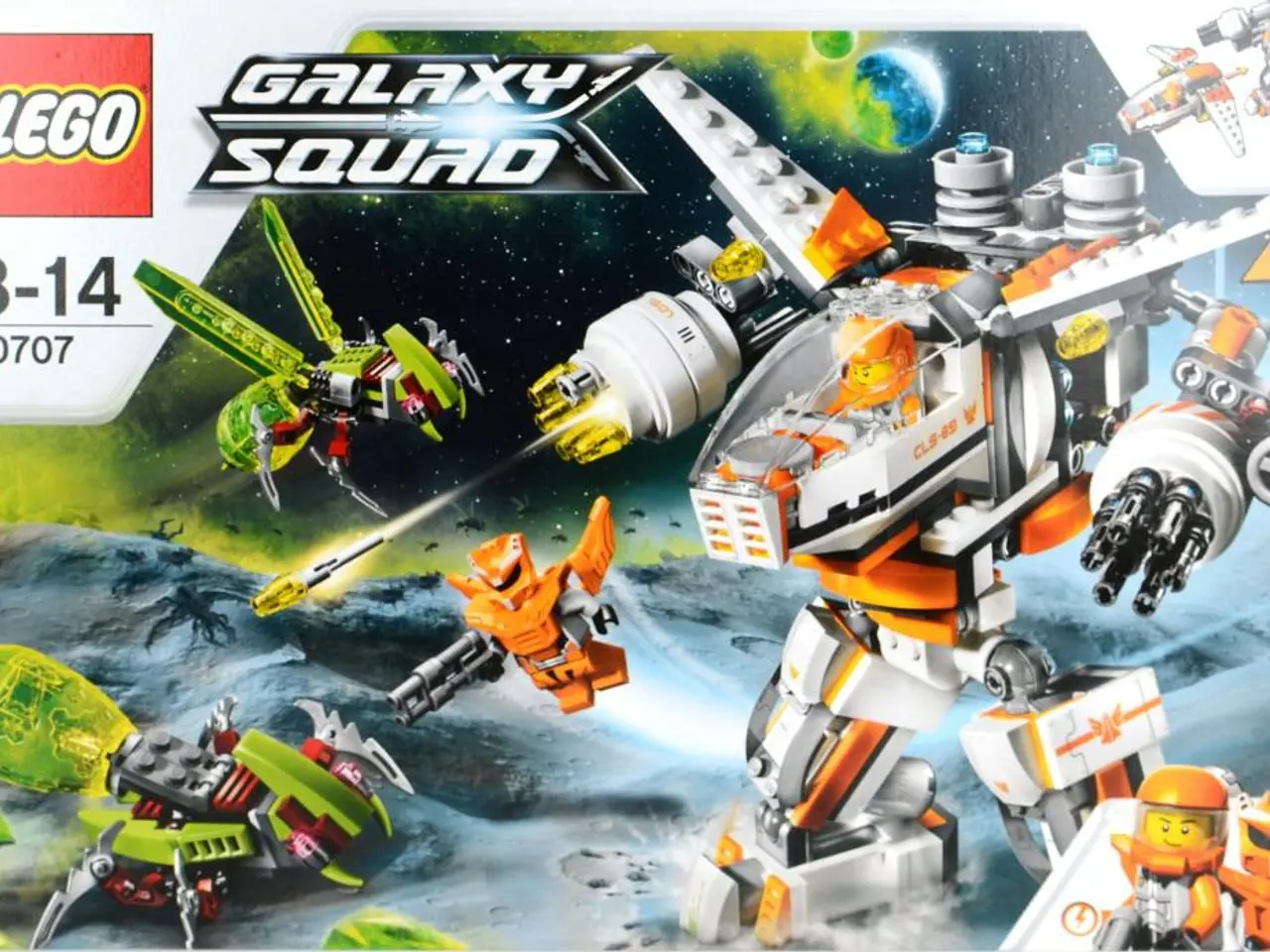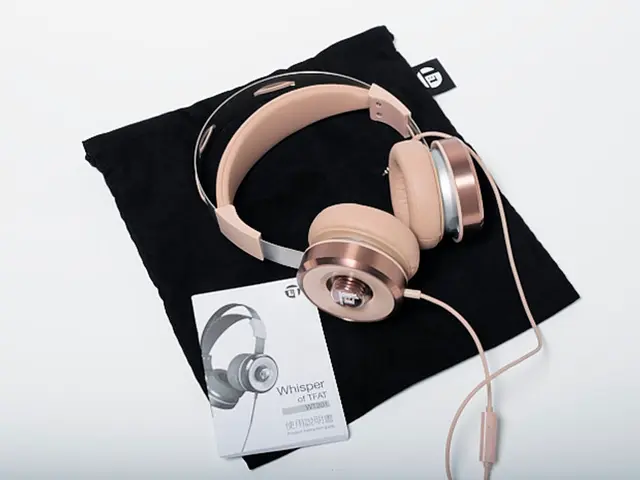A Louisiana church's plan for a new $95 million campus, boasting a 150,000-square-foot worship center, seems promising, dwarfing its current 36,000-square-foot facility by a staggering margin.
Everyone wants a little secret, right? Well, here's one I've been keeping to myself for years: I wasn't exactly bowled over by the original The Outer Worlds. Released in 2019, Obsidian's sci-fi RPG was a critical hit—but I found it tough to get into, despite liking many of its individual components. The social satire was on point, and I adored the companions, but something about the bland combat and stiff movement left me cold. I never made it to the end and figured I'd skip the sequel.
But after playing a sneak peek of The Outer Worlds 2 at last week's Xbox Games Showcase, I've got to say I'm eating my words. Obsidian appears to have been paying close attention to my grumbles, because the issues I had with the first game seem to have been addressed in the sequel. The demo I played hinted at a massive leap forward for a game with solid foundations, reinventing the basics while still delivering what Obsidian does best.
Two Paths, One Goal
My demo dropped me into a mission well into the main game. My objective was simple: swipe a rift-altering gadget from a heavily guarded compound. Obsidian gave me three distinct save files, each starting at the same point but with wildly different stat builds—combat, charisma, or stealth focused. With only 40 minutes or so to play, I figured I'd give two runs a shot and see if I could make some headway. I decided to test the combat setup first, to see how the major complaints about the first game had been addressed.
First attempt: After a failed stealthy approach, I turned to the tools at my disposal. The weapons were noticeably weightier and felt distinctive from each other. As I unloaded a machine gun, I immediately noticed the sharp improvement in Obsidian's combat design. The guns now pack a punch, and every shot feels significant. I was reminded of the Halo series in the best of ways, with easily distinguishable weapon sounds and feels.
Some of these bad boys are downright absurd, too. With the combat build, I got my hands on a goo gun that weakened enemies, and a shotgun with elemental powers. You know—the usual. Some of these specialized weapons have perks reminiscent of Avowed, another Obsidian RPG with satisfying power-ups. All these weapons, along with tools like grenades and decoys, add depth to the action.
By the time my 15-minute run was up, I'd made it out with the rift gadget in hand. I'd left a trail of bodies behind me, testing the combat mechanics to the max and finding it much more satisfying than the original.
And it's not just the combat that's stiffer this time around. The basic movement has been overhauled as well. I could slide, double-jump, and parkour around the compound with ease, creating flexibility for those who want to approach the game like an action title rather than an RPG. I was blown away by the fluidity of the controls and found myself leaping around with abandon, enjoying the newfound agility.
Wanting to test the full range of the spectrum, I loaded up the charisma build for my second go. Rather than rushing headlong into gunfights, I decided to explore a portion of the map I'd missed in my initial run. There, I found a researcher who I managed to deceive into thinking I was an employee running a security test on her. After gaining her trust, she gave me intel on the location of the rift modifier as well as a keycard. In return for the info, she asked me to help clear her name, as she'd been wrongly accused of causing a lab accident. With my noble (or foolish) heart in my sleeve, I agreed and stealthily made my way back toward the room with the rift modifier.
With my prize in hand, I approached the room and used the rift modifier on a nearby rift. The effect opened up new paths I could platform up and escape the facility, uncovering new locations to explore in the world beyond. The mission felt completely different from my first attempt and went on for twice as long, with plenty still left unexplored. It's evident that there's much more to the mission space than I initially thought.
Endgame Potential
That's only a sliver of what The Outer Worlds 2 has in store. I didn't get to step foot outside, meet my new robotic companions, or build my character from scratch yet. But the long-term character progression has me genuinely intrigued. After the demo, devs from Obsidian filled me in on the sequel's reactive new perk system that adapts to a player's habits. For instance, a player who tends to ration ammo may find their character gaining an Overprepared perk, increasing their ammo capacity but also causing them to use more ammo overall.
This got me thinking: maybe the first game left me cold because I wasn't playing it the way it was meant to be played. Maybe my painfully obvious mechanical limitations were holding me back. Now, the game feels wide open, ripe for exploration and customization that suits my tastes.
Whether I fancy myself a gunslinger or a smooth talker, I'm confident that I'll get what I want out of The Outer Worlds 2.
The sequel drops on October 29 for PS5, Xbox Series X/S, and PC. I, for one, can't wait to start over and see how The Outer Worlds 2 adapts to my choices. Bring on the clown parade!
- I was initially disappointed with the combat and movement mechanics in The Outer Worlds, but The Outer Worlds 2 has significantly improved these aspects, making me excited to revisit the game.
- In The Outer Worlds 2, technology plays a crucial role in the gameplay experience, with a wide variety of gadgets and weaponry available for players to utilize, catering to different play styles.








